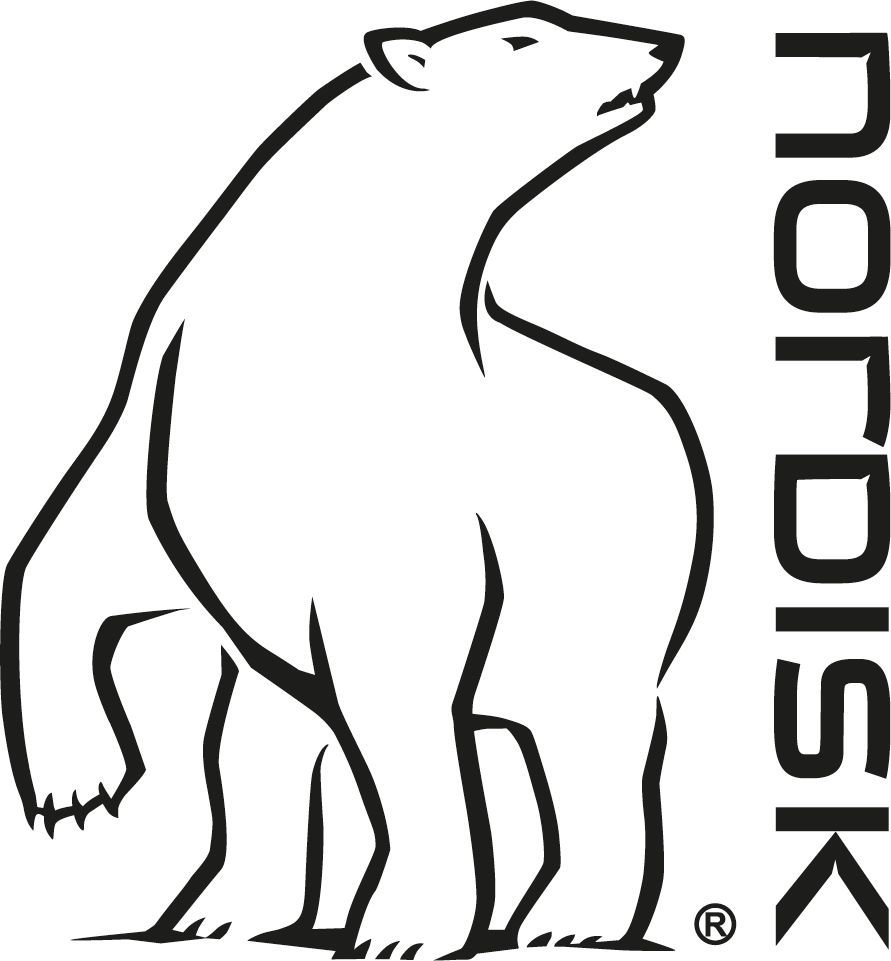Sky Patrol
Top Tips to Pass your Mountain Leader assessment
Top Tips on how to get a 'PASS' on your Mountain Leader assessment

You've been working up towards your Mountain Leader assessment for some time, and have finally decided to take the plunge and get it booked. Eek! It's a bit daunting, putting yourself through any kind of assessment, especially one like the Mountain Leader. During your assessment you'll be with the assessor team for five full days, and everything, from your punctuality to your navigation, and from your personal kit and clothing to your ability to function well and make decisions when you're tired and under pressure will all be scrutinised. As I said. Eek!
So, how should you prepare for your assessment, and just what are the assessor team really looking for? Well, here's a half a dozen tips from a Mountain Leader Trainer and Assessor to help you along the way.
Top Tip One.
Be a genuine hillwalker. This might seem obvious, but it is alarming just how many people go through the ML Scheme who don't really enjoy being out in the hills. A glance at the various Trainee ML pages on social media will reveal quite a few posts from people asking advice about whether they are likely to pass with the bare minimum of mountain walks (Quality Mountain Days, or QMDs, for the uninitiated!). You need an absolute minimum of 40 unique QMDs to put yourself forward for assessment. Not 30, or even 39. An absolute minimum of 40. And they should all be different walks. It's all too common for an assessor to look at someone's DLOG and find that they have exactly 40 QMDs logged, but 12 of them are on the PyG Track up Snowdon.
So, yes, if you want to be a Mountain Leader we'd expect you to have enjoyed going out hillwalking. That shows in your DLOG. If you've had days out in Snowdonia, the Lakes, the Cairngorms, Knoydart, Kintail and Assynt, and can claim 60-plus QMDs, that looks to an assessor like they're dealing with someone who has spent a lot of time out in the hills, has been to some far-flung corners of the UK, and has probably had some pretty bad weather thrown at them along the way. Put that alongside another DLOG with only the absolute minimum of 40 QMDs and they're all in Snowdonia, the Brecon Beacons and the Yorkshire Dales, and the latter immediately looks a little on the weak side.
I've also heard people say things like, "I live in Dorset, and only want to lead walks on Dartmoor, so most of my QMDs are from down there". Well, yes, we know that navigation on Dartmoor is tricky, but sadly for you the Mountain Leader is a national award, so the assessor team need to be sure that when they pass someone, that person is safe to take people walking anywhere in the UK's mountains in summer conditions. It's not a Dartmoor (other lesser-ranges are also available) Mountain Leader Award! And besides, the Hill and Moorland Leader is much better suited to leading on Dartmoor.
So, get out in all weathers. Go to Scotland and do stuff up there, and if you happen to live in Scotland come south and explore the Lakes and Snowdonia too. Have good days in the mountains. Have bad days in the mountains too. Become an experienced walker. That's what we're looking for at assessment.
Top Tip Two.
Put it all in your logbook. While assessors can spot someone who's winging it, and also someone who has masses of hillwalking experience, it does help if the course director can see what you've done on screen (or paper!) before they meet you for the assessment. Yes, I know DLOG can be time-consuming, but it's something we all have to do. Make your DLOG easily accessible for your assessor, and you'll already have scored points before you turn up. Make it a shambles, or don't bother at all, and this makes your assessor's job difficult.
Top Tip Three.
Have kit that's reliable, and know how to use it. Assessors want you to be dry and comfortable (or at least as dry and comfortable as you can be!) so that you can function properly. Don't borrow a tent or buy new boots the day before your assessment. Have gear that you have used before, and know inside out. This'll help you relax as much as anything, and will make for a much more pleasant experience for you.
Top Tip Four.
Be a good navigator. Bring the right maps for the course (yes, I know!). Know what the pros and cons are of OS Explorers and Landrangers, and of Harvey British Mountain Maps and Superwalkers. Be ready to discuss the benefits of each. Whenever someone tells me they don't like Harvey Maps, and I ask them how often they've used them, the answer is usually, 'never'. That's not really good enough. When you become an ML you're putting yourself out there as a technical expert of all things mountain walking. You need to have experience of using all of the above maps. They are all brilliant for UK use, so be ready to tell the group why.
Work hard in preparation to build up and utilise good navigation strategies. Know when it's ok to just handrail a linear feature, and when picking an attack point might be a better option. Use tick-off features and catching features. Know when just orientating your map will work, and when you need to take and follow a bearing. It's been said many times that nav is the glue that holds the ML together, and there's a lot of truth in this. If you can't navigate to a given point, or relocate when someone else is navigating, you're going to struggle to lead groups in the mountains. But remember, if you get out walking lots before your assessment, (see Top Tip One!) you'll not only become a genuine hillwalker, but you'll also become better and better at navigation.
Top Tip Five.
Be a slick professional. Be good at ML ropework - practice it a lot. You only actually need to be able to tie an overhand knot, so there's not lots of different knots to learn, but knowing when to get the rope out, and crucially, knowing when not to, shows that you're good at making decisions. No client will feel confident if an ML produces a rope then looks like they don't know what they're doing with it. You want to be slick. Look like you've handled that rope a million times.
But being slick isn't just about ropework. Be on time for all sessions on your assessment. And I mean boots-on-ready-to-climb-a-mountain on time. Not strolling-in-sipping-a-takeaway-coffee-at-the-last-minute on time. Being slick is also about keeping yourself well nourished. It's also about keeping your kit dry. It's also about being the first to offer someone else a spare hat.......
You want to become a professional Mountain Leader. We want to see that you can be professional!
Top Tip Six.
Share your knowledge, and expect to learn loads too! Turn up for your assessment wanting to tell others about stuff. Tell the other people in your group about what the mountain names mean, about why that particular plant grows where it does, about just how the mountain you're on was formed, about how many chicks that particular bird might be expected to raise each year, or about how to choose the best rucksack for backpacking. People worry that they'll need to know all the different kinds of sphagnum moss to pass an assessment. While that would be impressive, we're actually more interested in hearing what floats your boat in the environment that you want to become your office. If you're not interested in anything in the upland environment, what makes you think you'll be a good Mountain Leader? I've recently heard some great mini-talks on assessments, including ones on edible mushrooms, how birds gain lift, the history of Nine Standards Rigg, the Geology of the Upper Eden Valley, the Bob Graham Round, and making compost out of bracken. I've learned something new from each talk.
That's what an assessment should also be about. You should expect to leave feeling like you've also been through a further training course. Be ready to learn more, from each other, and from the assessor team.
And be ready to get things wrong on your assessment too - we all do! Assessors are more interested in how you respond when you make a mistake than in the mistake itself.
You've done all the prep. Been walking here, there and everywhere. Logged your experience so we can see what you've done. Tried and tested all your kit, so you can relax on your assessment. Practised nav and ropework until you feel like you could actually teach it. Genned up on interesting stuff to do with the mountains, and can present yourself in a professional manner. Sounds to me like you're ready for your ML Assessment!
So, finally, the low-down on what assessors really want to see. We want to see someone who is an experienced mountain walker, who's ready to look after others in a hostile environment - and that means someone who doesn't get lost a lot, who can look after themselves well in a harsh climate, and who makes safe decisions when under pressure. Assessors ask ourselves, "Would I let this person guide someone I love on a mountain on a crappy day?" If the answer is "Yes!" that usually results in a Pass!
Personally, I see an ML assessment as achieving two different things. It tells us whether a candidate is at the standard to become an ML, but it also enables us to help the candidate to not only pass, but to develop further to become a truly great Mountain Leader.
Are you ready to book your assessment? Check out our ML assessment dates here





